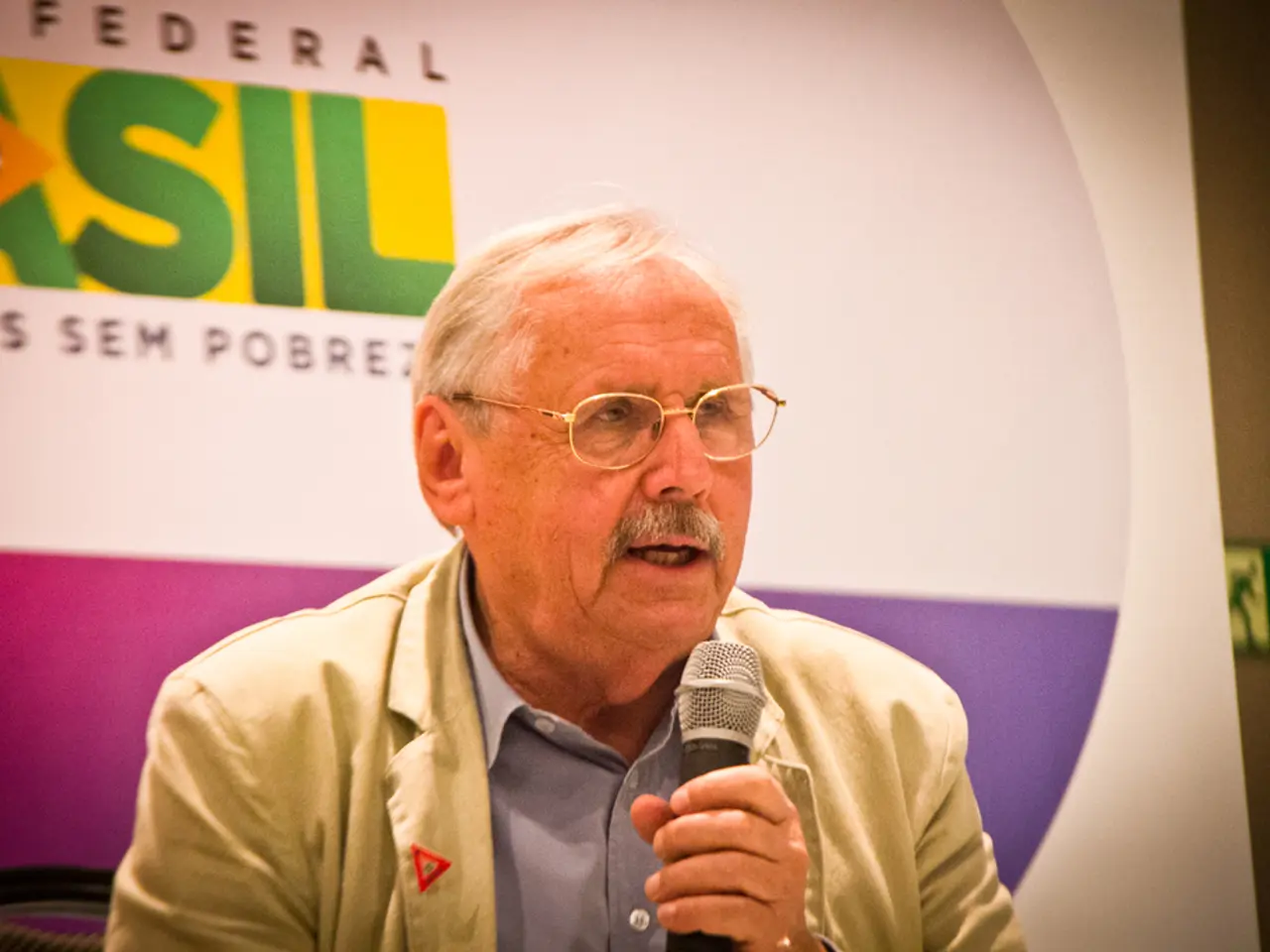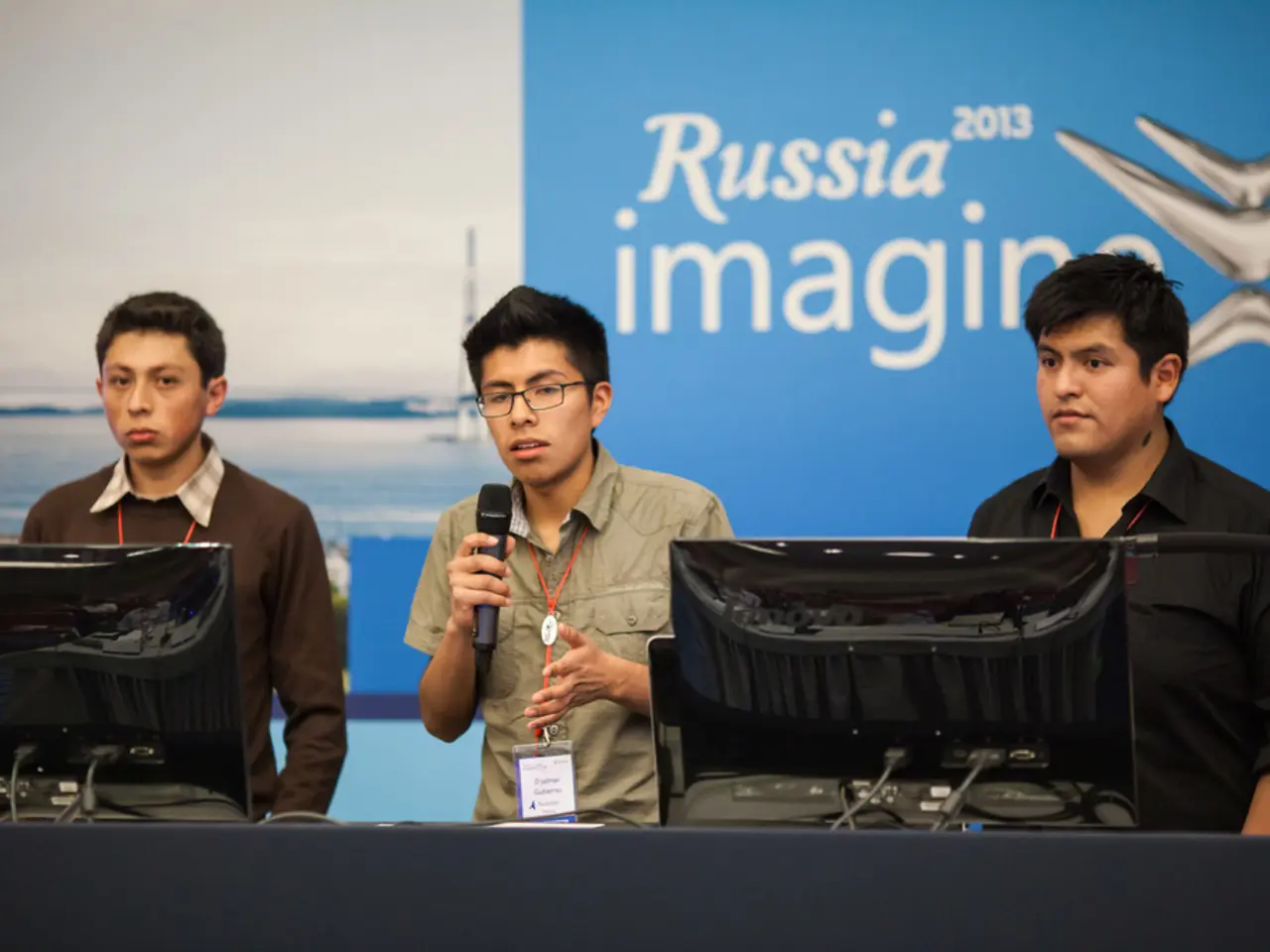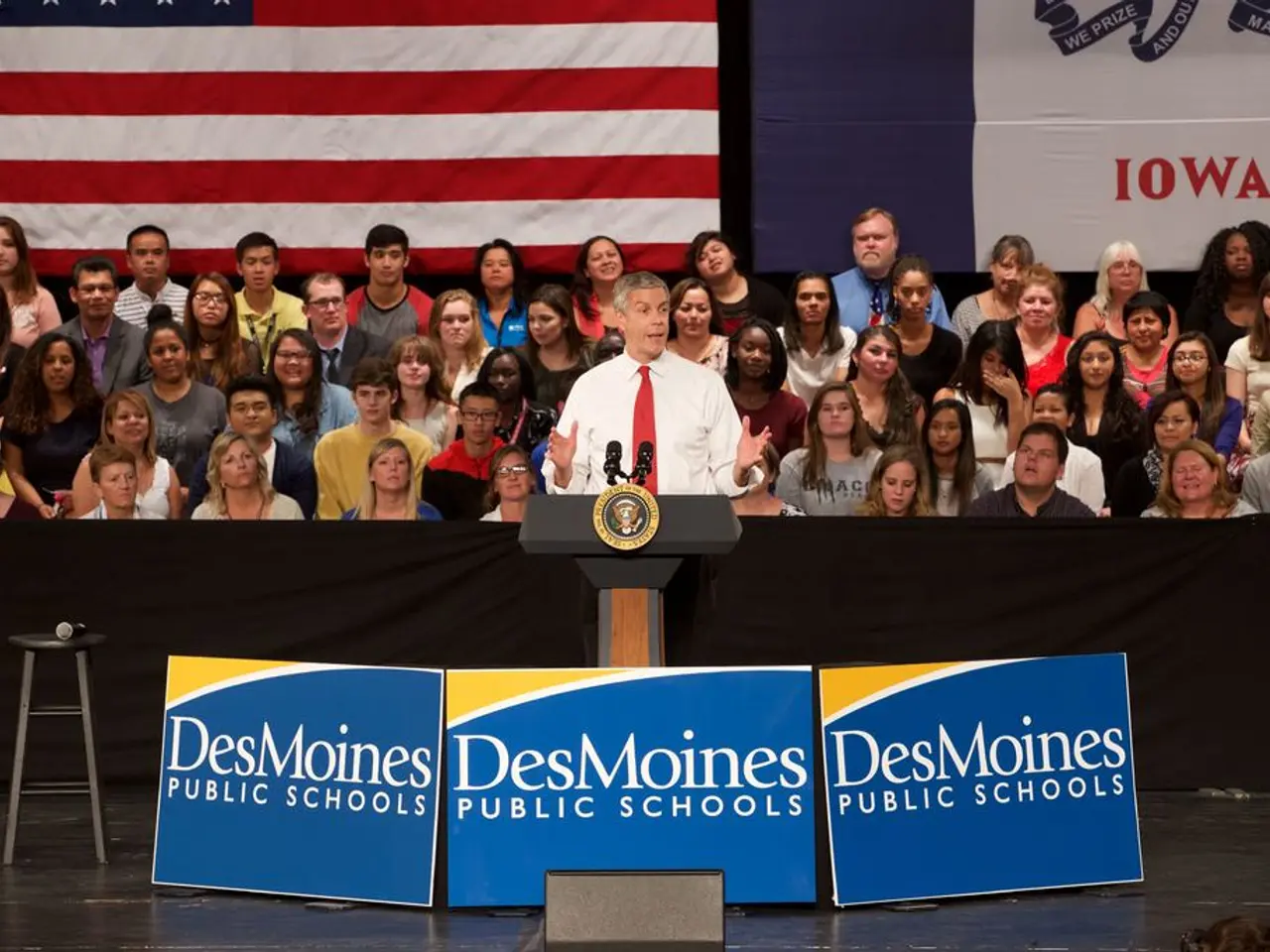Trump's pursuit of the Nobel Peace Prize, as restricted by Robert J. Fouser
In the final stretch of his presidency, Donald Trump's foreign policy strategy is centered around a unique approach that combines high-profile diplomatic initiatives, peace deal brokerages, and aggressive economic measures. This strategy, often met with controversy, aims to project peace brokerage and geopolitical leadership on the world stage.
Key components of this strategy include:
- Trump's diplomatic efforts have resulted in headline-grabbing peace agreements, such as the ceasefire between India and Pakistan in May 2025 and security guarantees connected to troop withdrawals in Africa. These efforts have earned him Nobel Prize nominations from countries like Pakistan, Israel, the DRC, and Cambodia.
- However, many analysts argue that these peace efforts are more about optics and narrative positioning than long-lasting peace. There have been repeated criticisms over performative diplomacy and unconfirmed claims about some ceasefires, with official denials from countries like India about Trump mediating the India-Pakistan truce.
- To pressure Russia into a ceasefire in Ukraine, Trump has imposed punitive tariffs on its oil buyers, notably a 50% tariff on Indian imports due to India's continuing purchase of Russian oil. However, these tariff strategies have heightened tensions with India, America’s key democratic partner in Asia.
- Trump's tariff policies appear selectively enforced, with India being criticized more harshly than China, which also imports significant Russian oil. This creates a risk of alienating India while inadvertently strengthening China's position, as Chinese refiners increase Russian oil purchases amidst reduced Indian competition.
- Trump's scheduled meeting with Vladimir Putin in Alaska signals ongoing engagement with Russia, highlighting an ambiguous stance combining punitive and conciliatory measures. The policy aims to maintain leverage over Russia while projecting diplomatic leadership.
In summary, Trump's strategy uses tariffs as economic leverage to influence geopolitical outcomes, particularly pressuring India to cut Russian oil imports, while promoting peace accords to gain Nobel Peace Prize recognition. However, this approach strains relations with India, risks pushing New Delhi closer to Russia and China, and creates contradictions in US-China-Russia dynamics by offering China relative immunity. The peace efforts receive mixed assessments, with some viewing them as symbolic rather than substantive.
Trump's desire to win the Nobel Peace Prize is a significant factor in his foreign policy, particularly as he seeks to rival the legacy of his predecessor, Barack Obama, who is on the list of US presidents who have won the prize. Gaza and Ukraine are the primary focuses of Trump's foreign policy since his return to the White House.
Additionally, tariffs on Canadian goods not covered by the United States-Mexico-Canada Agreement have jumped to 35 percent. Trump's foreign policy strategies may not offer hope of reducing tensions between the US and China, as he lacks the patience for a slow process of trust-building.
[1] "Trump's Nobel Peace Prize nominations: A list of countries that have nominated him." ABC News, 2021. https://abcnews.go.com/Politics/trump-nobel-peace-prize-nominations-countries-nominated-him/story?id=78408116
[2] "Trump's Nobel Peace Prize ambitions: A look at his foreign policy." BBC News, 2021. https://www.bbc.com/news/world-us-canada-57768841
[3] "Trump's tariffs on India: A closer look at the impact." The Economic Times, 2021. https://economictimes.indiatimes.com/news/international/world-news/trumps-tariffs-on-india-a-closer-look-at-the-impact/articleshow/79672725.cms
[4] "India's response to Trump's tariffs: A look at the ongoing trade tensions." The Hindu, 2021. https://www.thehindu.com/business/Indias-response-to-Trumps-tariffs-A-look-at-the-ongoing-trade-tensions/article32556400.ece
[5] "Trump's peace efforts: A mixed bag of symbolism and substance." The New York Times, 2021. https://www.nytimes.com/2021/05/15/opinion/trump-peace-efforts.html
- The foreign policy strategy of Donald Trump, motivated by his desire to win the Nobel Peace Prize and vie with his predecessor's legacy, presents a blend of high-profile diplomatic initiatives for peace deals and aggressive economic measures like tariffs on India, infusing a sense of war-and-conflicts and policy-and-legislation into the realm of politics.
- The implementation of Trump's foreign policy, marked by tariffs as economic leverage against India, peak media coverage of his peace agreements, and skepticism surrounding the substantiveness of these peace efforts, generates general-news headlines and fuels discussions on the effectiveness of politics in shaping global dynamics.







